DOG TRAINING OFFERED IN-PERSON AND ONLINEOur dog training services are delivered in almost any format that meets your needs. We have GROUP CLASSES at our indoor and outdoor facilities on our farm, ONLINE LIVE STREAMING classes, and SELF-PACED VIDEO-BASED training through our Online Dog Training Course. Our PRIVATE TRAININGS can be done in-home, outside, in public dog-friendly locations, at our facility on our farm, online via phone or video conferencing and through email. |
Question:
We have been able to teach our dog to greet us politely when we get home, but we are still struggling with polite greetings with visitors. Can you share any tips?
The Trainer Answers:
One of the reasons we love living with dogs is that they are always SO HAPPY to see us! Who else in our lives is happy to see us even if we’ve only gone to the mailbox and back? And who else gives us such an enthusiastic greeting when they are just meeting us for the first time?
While we love the enthusiasm, we do not always love the way they express it. So we try to teach our dogs to be calm and polite when greeting. However, there is an equally important piece of teaching polite greetings that is usually missed. We focus on teaching our DOGS to be polite, but no one focuses on teaching the PEOPLE to be polite! While it is important for dogs to learn what to do, it’s equally important for people.
What is the polite way to greet a dog? Not the way most people do it! Most people approach head-on, make direct eye contact, lean over the top of the dog, and pet on the head. While some dogs tolerate it well, this can cause serious problems with cautious or fearful dogs. For excitable dogs, it can cause the excitement to escalate. Even for very social dogs, I believe this approach can cause some anxiety for them as well.
Polite people greetings include approaching at more of an angle rather than head-on. Limited or no direct eye contact is best. For fearful dogs, direct eye contact can be a threat. For excitable dogs, it’s an invitation to get in your face. Petting on the shoulder or chest is more appropriate for most dogs than petting on the head. Think about a hand reaching over your head. At some point, the hand disappears from your eyesight and you don’t know what that hand is about to do! This makes some dogs very anxious. Keep greetings low key and you will help dogs to be calmer with their own greetings.
For some dogs, coming down to their level helps curb jumping and over-excitement. But be careful, because some dogs will simply knock you over with their enthusiasm anyway!
If you want your dog to be more polite with his or her greetings, start teaching your visitors to greet more politely. You might be surprised at the difference it makes!
Our goal is to positively impact the lives of as many dogs and their families as we can, in part through our extensive library of video, infographics and text articles. |


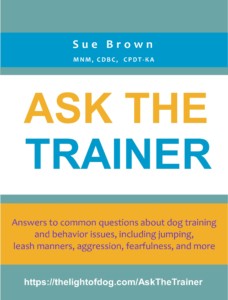
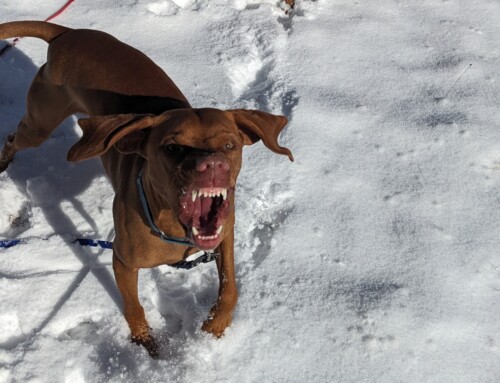
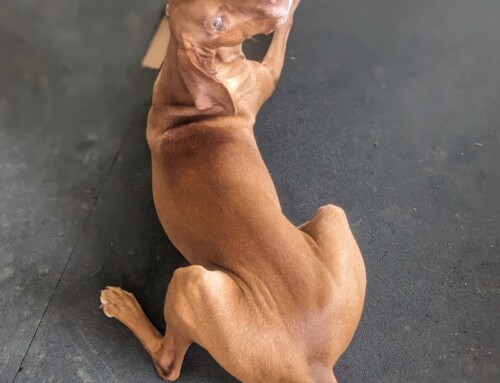

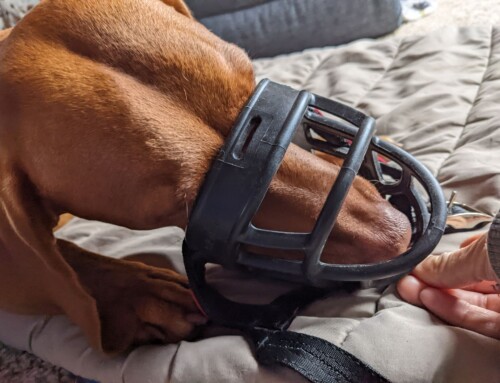
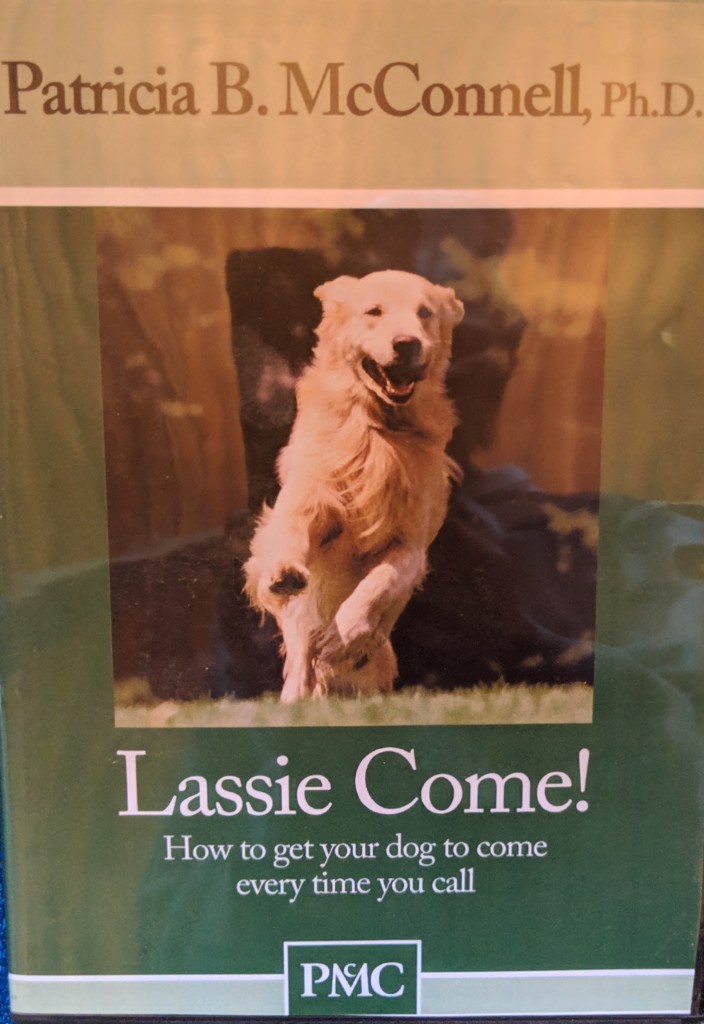
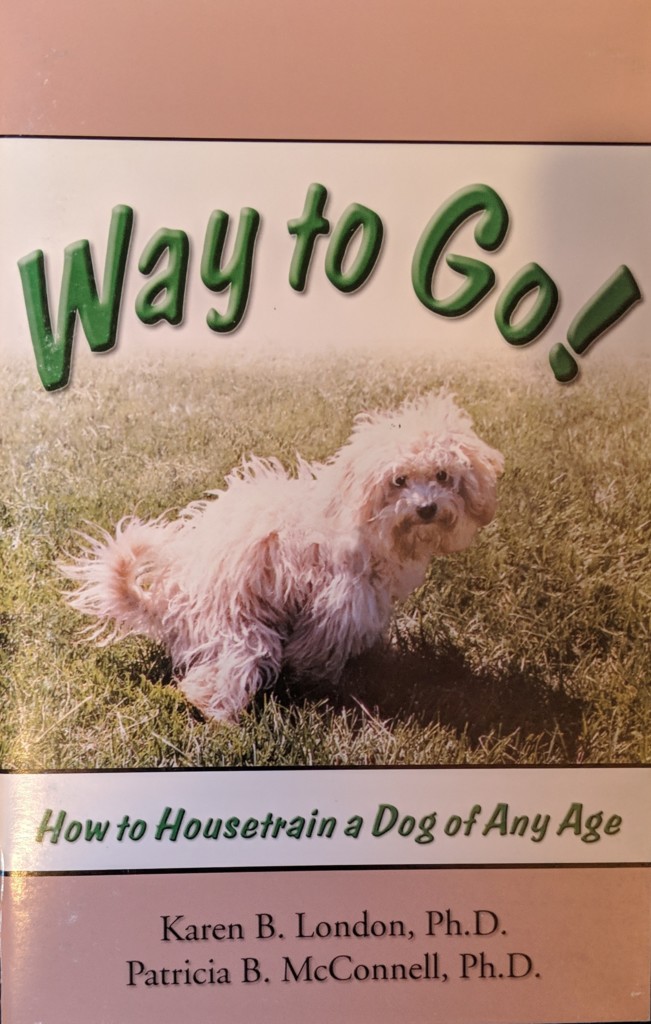
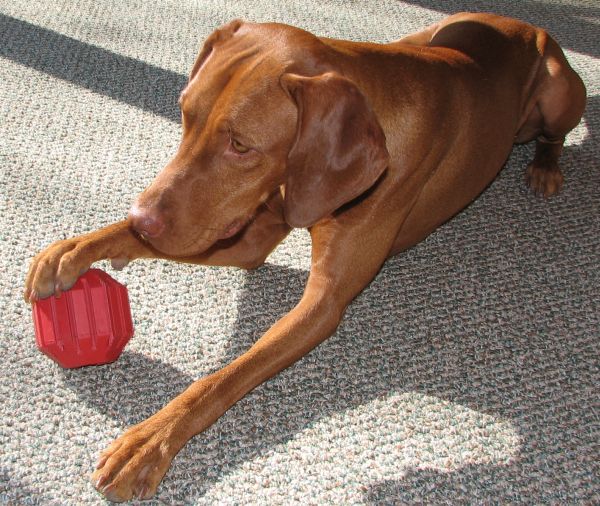
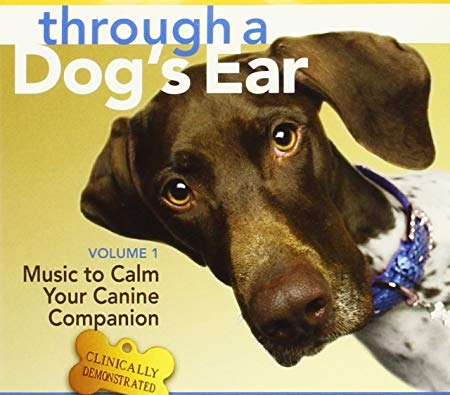
Leave A Comment